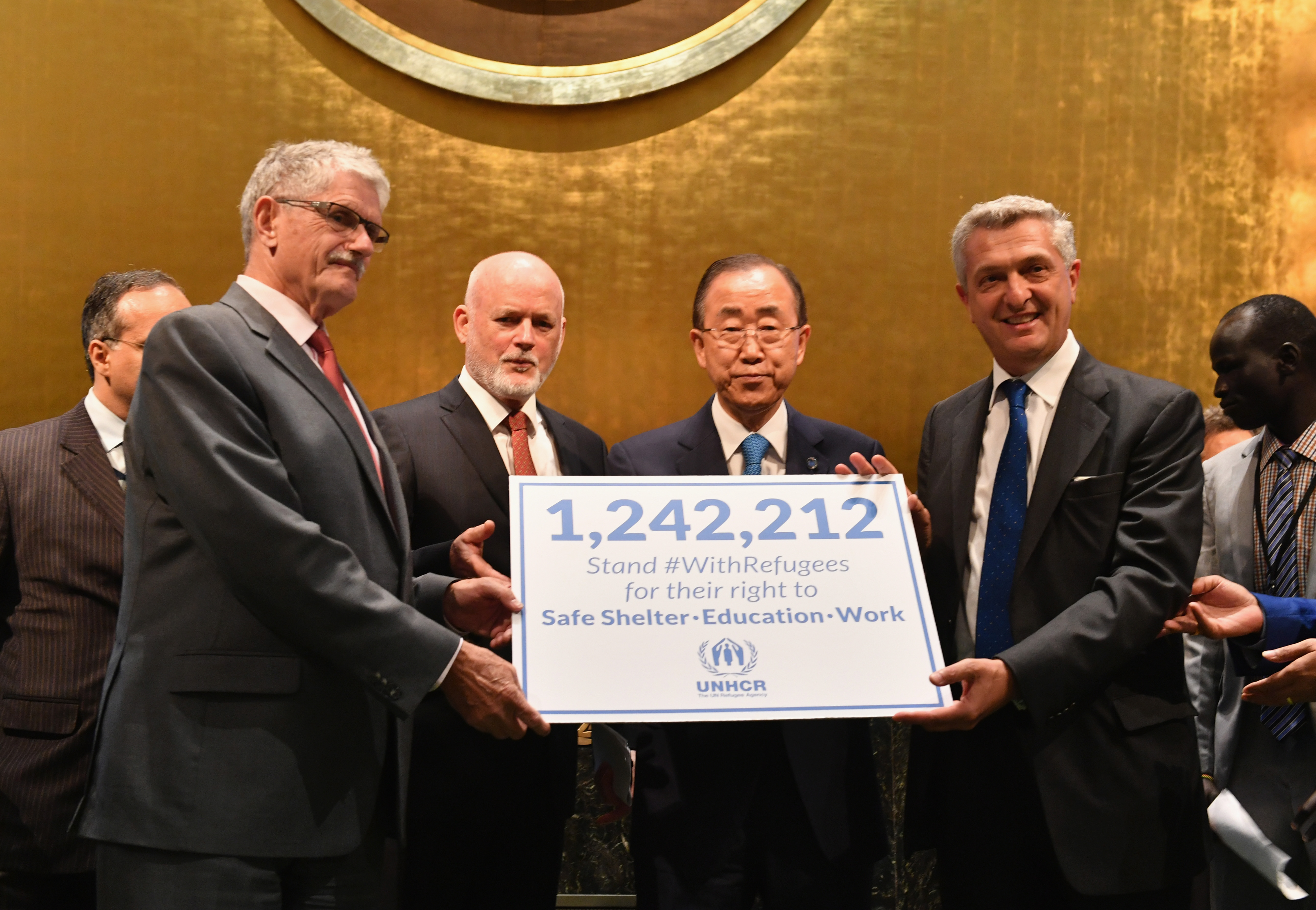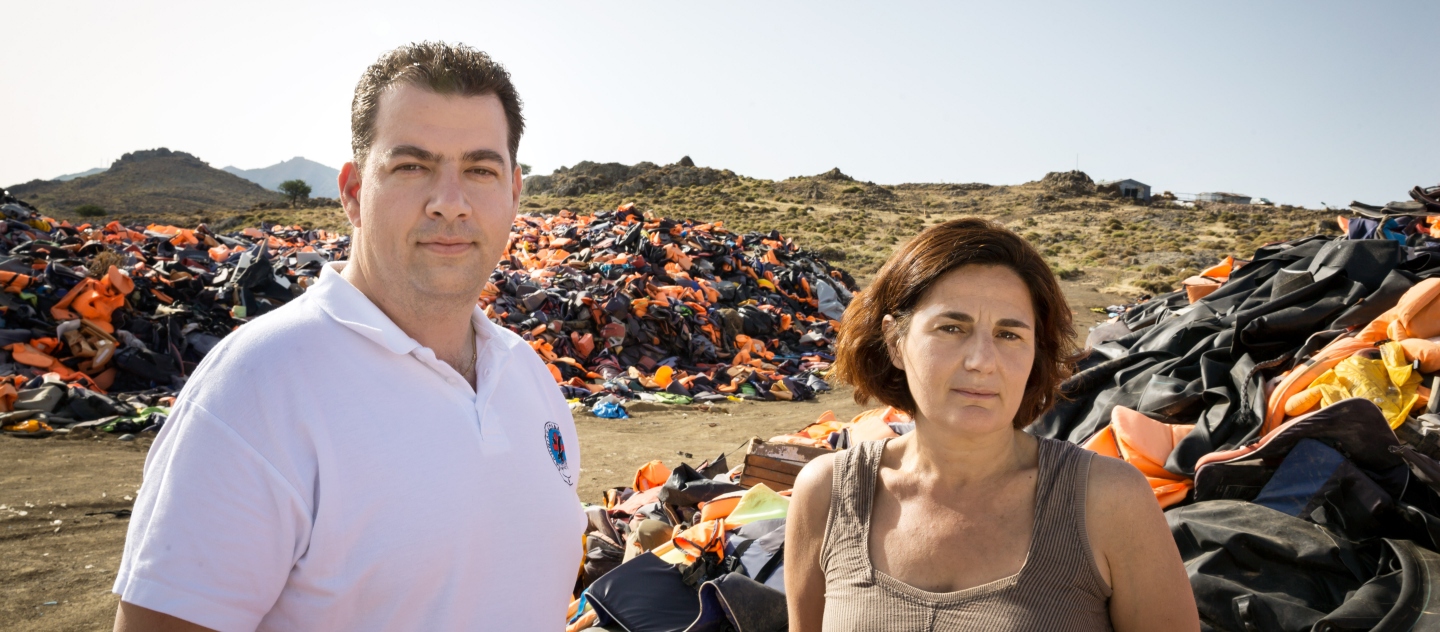Timeline of HK Office
Timeline on UNHCR and the development of refugee protection in Hong Kong
1950: The Office of the United Nations High Commissioner for Refugees was established on 14 December 1950 by the United Nations General Assembly. The UN refugee agency originally emerged in the wake of World War II to help Europeans displaced by that conflict.
1951: On 28 July, the United Nations Convention relating to the Status of Refugees – the legal foundation of helping refugees and the basic statute guiding UNHCR’s work – was adopted.
1952: UNHCR sets up an initial presence in Hong Kong.
1954: UNHCR awarded the Nobel Peace Prize.
1979: Permanent office of the UNHCR established in 1979 to cope with the influx of Vietnamese boat people. At first, the main objective of this office was to help the Vietnamese refugees, but over time, the goal has changed to include anyone who arrives in Hong Kong seeking asylum. The office also covers Macau SAR.
1981: UNHCR awarded the Nobel Peace Prize.
1989: In June 1989, 75 countries, including the United States, Great Britain, Association of Southeast Asian Nations (ASEAN) countries, and Vietnam adopt by declaration the Comprehensive Plan of Action (CPA) agreement to deal with the continuing influx of Indochinese boat people. The agreement’s primary objectives were to deter clandestine departures, provide temporary refuge to all asylum seekers, establish procedures for determining their refugee status, resettle in third countries those found to be refugees, and repatriate those determined not to be refugees.
1989-1995: Approximately 200,000 boat people arrive in Hong Kong
- 144,000 resettled in third countries
- 58,000 repatriated to country of origin
- 1,400 offered local integration
1992: The United Nations Convention Against Torture and Other Cruel, Inhuman or Degrading Treatment or Punishment (“the CAT Convention”) extended to Hong Kong.
1996: The Steering Committee of the International Conference on Indo-Chinese Refugees, at its seventh and final meeting in Geneva on 5 and 6 March 1996, confirmed that the CPA would formally come to an end as of 30 June 1996 and that UNHCR would phase down its care and maintenance activities with respect to Vietnamese non-refugees in ASEAN first asylum countries as of that date.
1996 onwards: Because Hong Kong is not a signatory to the 1951 Convention relating to the Status of Refugees, and has no legal framework governing the granting of asylum UNHCR carried the main responsibility for refugee status determination, assistance to asylum-seekers and refugees, as well as the identification and promotion of durable solutions (mostly resettlement) under its mandate. Mandate refugee status determination was implemented in accordance with the Procedural Standards in a complex operation with Applicants from approximately 47 countries.
2000:
(i) On 21 February 2000, the Hong Kong SAR Government announced the Widened Local Resettlement Scheme that allowed all Vietnamese refugees and boat people remaining in Hong Kong (about 2,400 people) to apply for Hong Kong identification cards and become local residents. The Hong Kong SAR authorities have been particularly flexible in offering the WLRS option to every CPA case, disregarding the initial deadline of April 2000.
(ii) In July 2000, the last refugee camp closed, marking the official end of the Vietnamese refugees and the boat people saga. With respect to Hong Kong, UNHCR would make other appropriate arrangements aimed at solving the Vietnamese boat people problem as soon as possible.
2004:
(i) In June 2004 the Court of Final Appeal in Secretary for Security v Sakthevel Prabakar[2004] 7 HKCFAR 187, held that high standards of fairness must be demanded in the determination of torture claims as such determination is plainly one of momentous importance to the individual concerned given that to him his life and limb could be in jeopardy and his fundamental human right not to be subjected to torture is involved.
(ii) In late 2004, the Hong Kong Immigration Department puts into place a separate and independent administrative mechanism for screening of claims under the CAT Convention.
2006: In May 2006, the Hong Kong SAR Government takes over responsibility for the care and maintenance of the most vulnerable asylum seekers through the Social Welfare Department.
2007: The private sector partnerships operation launched by UNHCR in Hong Kong. Money raised in Hong Kong to be used to support the UN Refugee Agency’s humanitarian work to protect refugees around the world, striving to meet the needs of the world’s most vulnerable people, building support and awareness in Hong Kong for UNHCR’s life-saving relief programs. Support UNHCR’s work to help the world’s most vulnerable people.
2008: In December 2008 FB v. Director of Immigration [2009] 2 HKLRD 346 held that the then administrative mechanism for screening of claims under the CAT Convention did not meet the high standards of fairness.
2009:
(i) In late December 2009, an enhanced administrative screening mechanism for claims under the CAT Convention introduced with improvements made to the relevant procedures to ensure high standards of fairness put in place.
(ii) A Memorandum of Understanding signed between UNHCR and the Hong Kong Government whereby immigration officers seconded to UNHCR to augment capacity and conduct refugee status determination.
2012:
(i) In July 2012, the Immigration (Amendment) Ordinance 2012 enacted to underpin the enhanced administrative mechanism to assess claims under the CAT Convention by way of legislation.
(ii) In December 2012 the Immigration (Amendment) Ordinance 2012 commenced operation providing for a statutory process for determining torture claims; appeal mechanism; establishment of Torture Claims Appeal Board etc.
(iii) In December 2012 following the Court of Final Appeal’s judgment in Ubamaka Edward Wilson v. Secretary for Security (FACV 15/2011), person not having the right to enter and remain in Hong Kong (e.g. illegal immigrants and overstayers) permitted to claim non-refoulement protection by invoking Article 3 of section 8 of Hong Kong Bill of Rights Ordinance, Cap. 383 (BOR3)
2013:
(i) In March 2013, the Court of Final Appeal ruled, in C & Ors v the Director of Immigration and Another [2013] 4 HKC 563, that the Director of Immigration required to conduct an independent enquiry of “persecution claims” prior to removal to country of origin in accordance with the authorities’ established policy. For further information on this development, please refer to the Case Law page.
(ii) On 2 July, the Administration announced its plan to introduce the Unified Screening mechanism (USM) at the Legislative Council’s Panel on Security. The USM to be launched for screening non-refoulement claims on grounds of (a) torture as defined under the Convention Against Torture and Other Cruel, Inhuman or Degrading Treatment or Punishment (CAT claims); (b) torture or cruel, inhuman or degrading treatment or punishment under Article 3 of the Hong Kong Bill of Rights (BOR Article 3 claims); and/or (c) persecution with reference to the principle under Article 33 of the 1951 Convention relating to the Status of Refugees (persecution claims).
2014: The Unified Screening Mechanism launched on 3 March 2014. UNHCR transitioned to an advisory role and capacity building role marking a major development in the agency’s goals under its mandate.
Please click here to understand Sub-Office Hong Kong.



